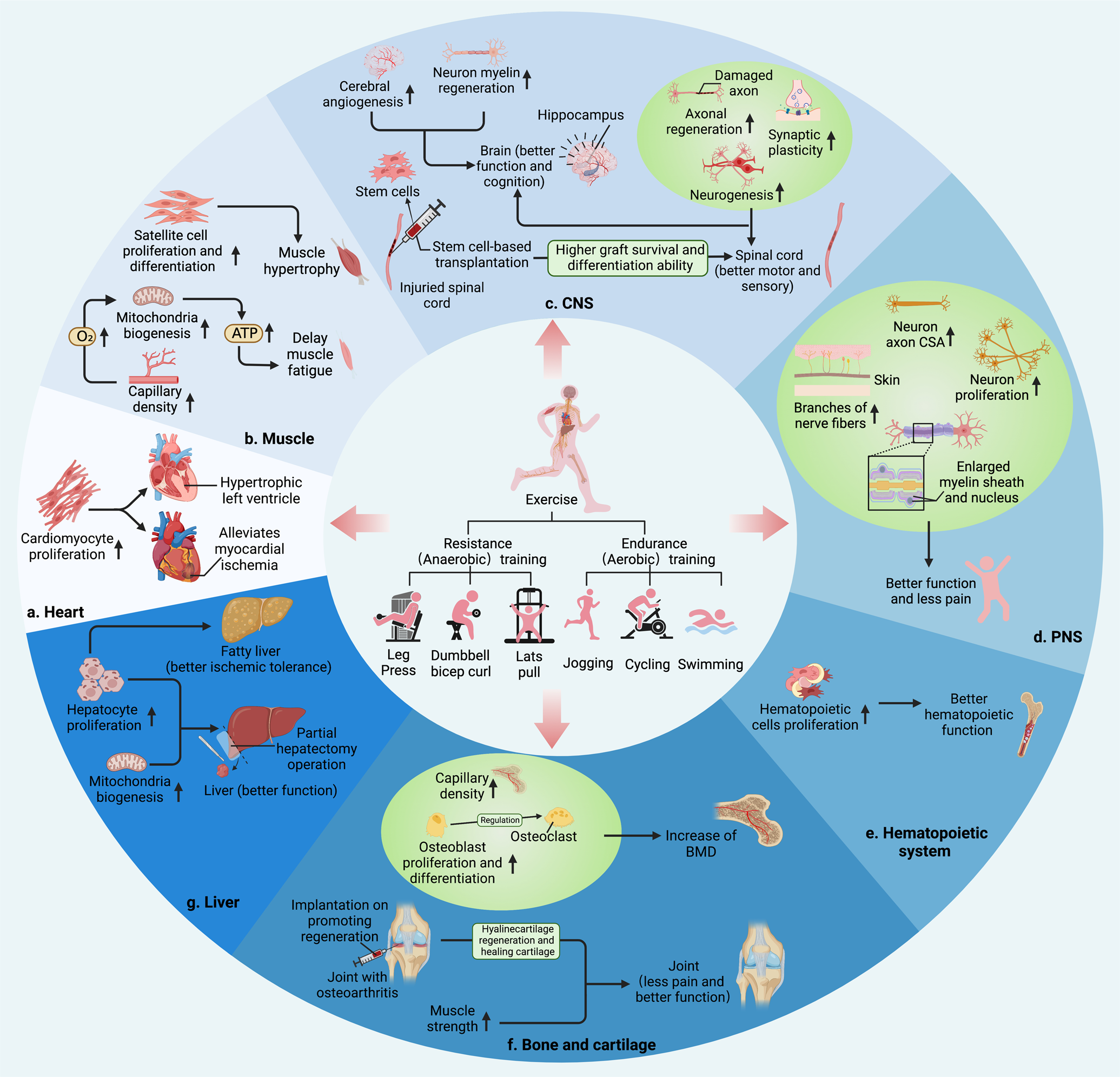Fitness Biology Definition: Key Insights for Biology Enthusiasts

Fitness Biology Definition: Key Insights for Biology Enthusiasts. When diving into the world of biology, the term fitness often comes up, especially when discussing evolutionary theories and natural selection. But what exactly does fitness biology definition mean? For biology enthusiasts, understanding this concept is essential to comprehending the intricate relationships between organisms and their environments. This article explores the key insights of the fitness biology definition, shedding light on its importance in the study of evolution, survival, and adaptation.
1. What Does Fitness Mean in Biology?

In biology, fitness doesn’t just refer to physical strength or health. The fitness biology definition goes much deeper, encompassing an organism’s ability to survive, reproduce, and pass its genetic material to the next generation.
- Reproductive Success: Fitness is primarily measured by an organism’s reproductive success, meaning how well it can produce offspring that will also survive to reproduce. This is the most crucial factor in determining an organism’s fitness in evolutionary terms.
- Survival and Adaptation: Fitness also includes an organism’s ability to adapt to its environment. If an organism has traits that increase its chances of survival in a specific environment, its overall fitness improves. These traits can be physical (such as camouflage or speed) or behavioral (like social cooperation).
Essentially, fitness in biology is about how well an organism is suited to its environment and how successful it is in passing on its genes.
2. The Role of Natural Selection in Fitness
The concept of fitness is closely tied to natural selection, a key mechanism of evolution. The fitness biology definition is vital for understanding how natural selection operates. (Read More: How Behavioral Health Apps Are Redefining Mental Wellness Support).
- Natural Selection Process: Natural selection favors organisms that have traits which improve their chances of survival and reproduction. Over generations, these traits become more common in the population. The organisms with the highest fitness are more likely to survive and reproduce.
- Adaptation Through Generations: Fitness isn’t fixed. It changes over time as environmental conditions evolve. Traits that are advantageous today may not be beneficial in the future, leading to shifts in the population as species adapt to changing environments.
By understanding the fitness biology definition, we can see how natural selection shapes the development of species over time.
3. How Fitness is Measured: Not Just Strength

While the popular conception of fitness often relates to physical strength or endurance, the fitness biology definition is much broader and includes various aspects that contribute to survival and reproduction. (Read More: Fitness Bike vs Treadmill: Which is Better for Weight Loss?).
- Survival of the Best Adapted: In the natural world, fitness is about being well-suited to your environment. For instance, a bird that can camouflage itself from predators or a predator that can efficiently hunt its prey has a high level of fitness in that environment.
- Behavioral and Physiological Traits: Fitness includes both behavioral and physiological traits. Social animals that work together in groups, like wolves or bees, also demonstrate high fitness because their cooperative behaviors increase the likelihood of survival for the group and their offspring.
- Mating Success: In many species, fitness is also determined by an organism’s ability to attract mates. Traits such as bright feathers, elaborate displays, or vocal calls can signal fitness in terms of reproductive success.
The fitness biology definition shows that survival is not just about being physically strong—it’s about being adaptable and successful in reproduction and passing on traits to the next generation.
4. Fitness and Evolutionary Trade-offs
One of the most fascinating aspects of the fitness biology definition is the concept of trade-offs. Organisms often face situations where they must balance different aspects of fitness, and these trade-offs play a significant role in evolutionary biology. (Read More: Top 10 Fitness Bikes for Your Home Workout in 2024).
- Energy Allocation: An organism may have to allocate limited resources between different functions. For example, allocating more energy to reproductive efforts might reduce the energy available for growth or defense, affecting overall survival in some situations.
- Competing Traits: Some traits that improve one aspect of fitness might harm another. For example, larger antlers in male deer may help in mating competitions, but they can also make the animal slower and more vulnerable to predators.
- Specialization vs. Generalization: Some organisms evolve specialized traits that are highly advantageous in a specific environment, but they may be less adaptable in changing conditions. On the other hand, generalists may have lower fitness in specific environments but can survive in a variety of conditions.
These trade-offs highlight that fitness is not just a simple matter of “better traits” but rather a complex interplay of factors that vary based on the environment and challenges organisms face.
5. The Importance of Fitness Biology in Conservation

An understanding of the fitness biology definition is also crucial in conservation biology, as it helps scientists understand how species adapt to changes in their environment.
- Adaptation to Environmental Changes: As climate change and habitat destruction continue to impact the natural world, understanding fitness allows conservationists to predict how species might adapt or face extinction. Species that cannot adapt to new conditions may see their fitness decline, making them more vulnerable to extinction.
- Preserving Genetic Diversity: Conservation efforts also focus on preserving genetic diversity, as populations with greater genetic variation are more likely to have individuals with traits that make them adaptable to environmental changes.
- Protecting Ecosystems and Species: By studying the fitness biology definition, conservationists can better understand the needs of different species and develop strategies to protect them, ensuring that they maintain high fitness levels in the face of human impact on the environment.
Understanding fitness biology provides essential tools for supporting the survival of species in a rapidly changing world.
Conclusion article Fitness Biology Definition: Key Insights for Biology Enthusiasts
The fitness biology definition is a cornerstone of understanding natural selection, evolution, and the survival strategies of organisms. It’s not just about being strong—it’s about adaptability, reproductive success, and the ability to thrive in a changing environment. For biology enthusiasts, understanding this definition opens the door to a deeper understanding of how life evolves and how organisms interact with their environments.
From measuring fitness to understanding trade-offs and the importance of genetic diversity in conservation, the fitness biology definition helps explain the complexities of the natural world. Whether you’re interested in evolutionary biology, ecology, or conservation, this concept is key to understanding the dynamic processes that shape life on Earth.






